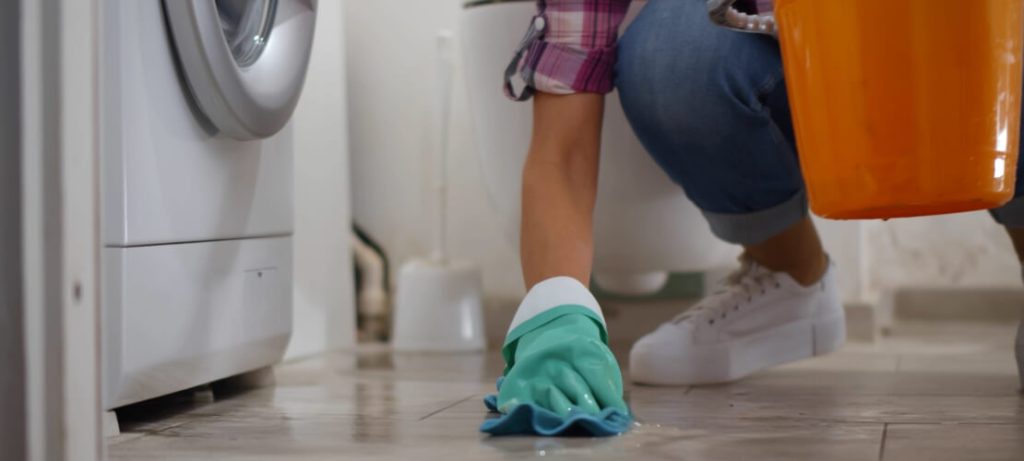The best thing you can do to prevent your washer from overflowing is to check for the causes and do what needs to be done. In this blog post, we will go over what you need to do if your washer is overflowing.
Step 1
Check the water inlet hoses to see if they are kinked or clogged. These hoses bring water into the washer, so if they are blocked, it could cause the machine to overflow. Inspect the hoses for any kinks, leaks, or blockages. If you see any, the hose may need to be replaced.
Step 2
If your washer has an agitator which is a post in the center of the washing basket that helps clothes move around during the cycle, make sure it is not stuck in the “on” position. The agitator should be able to move freely up and down. If it is stuck, try jiggling it back and forth until it comes loose.
Step 3
Make sure the pump isn’t clogged. The pump helps remove water from the washing basket during the spin cycle. A clog will cause water to back up into the machine and overflow. Remove any clothes or objects from the washing basket and unscrew the plate at the bottom of the machine to clean the pump. This will give you access to the pump housing. Use a brush to clean out any debris that may be clogging the pump, then reassemble everything and try cycling once more.
Step 4
Check that nothing is blocking the drainage tube. The drainage tube runs from the pump housing to a drain or laundry sink, so a blockage here will cause water to back up and overflow from the machine. To check this, first shut off the power to your washing machine to avoid an electric shock. Then disconnect your washing machine from its power source and remove any objects that may be blocking access to the drainage tube. Once you have clearance, check inside the drainage tube for any blockages. If you see any, carefully remove them with a wire hanger or similar object. Once you’ve cleared out any obstructions, reattach your washing machine to its power source and run another load of laundry to see if this fixes the issue.
Step 5
Check that your washing machine’s lid is closing properly. When the lid of your washer does not fit properly, water can spill out and overflow your laundry room. This can also occur if the lid is not lining up correctly with the base. While you’re waiting for a professional to look at your machine, you can prop the lid open with a book or similar heavy object while it is washing to prevent it from closing completely and spilling more water than it should!
Overflowing washers can be alarming, but you don’t necessarily need to buy a new one. Whenever your washer is overflowing, it is a good idea to call in a professional. For washer repair services within the Boston area, call Capital Appliance Repair Boston at (647) 454-1577 or contact us today.

